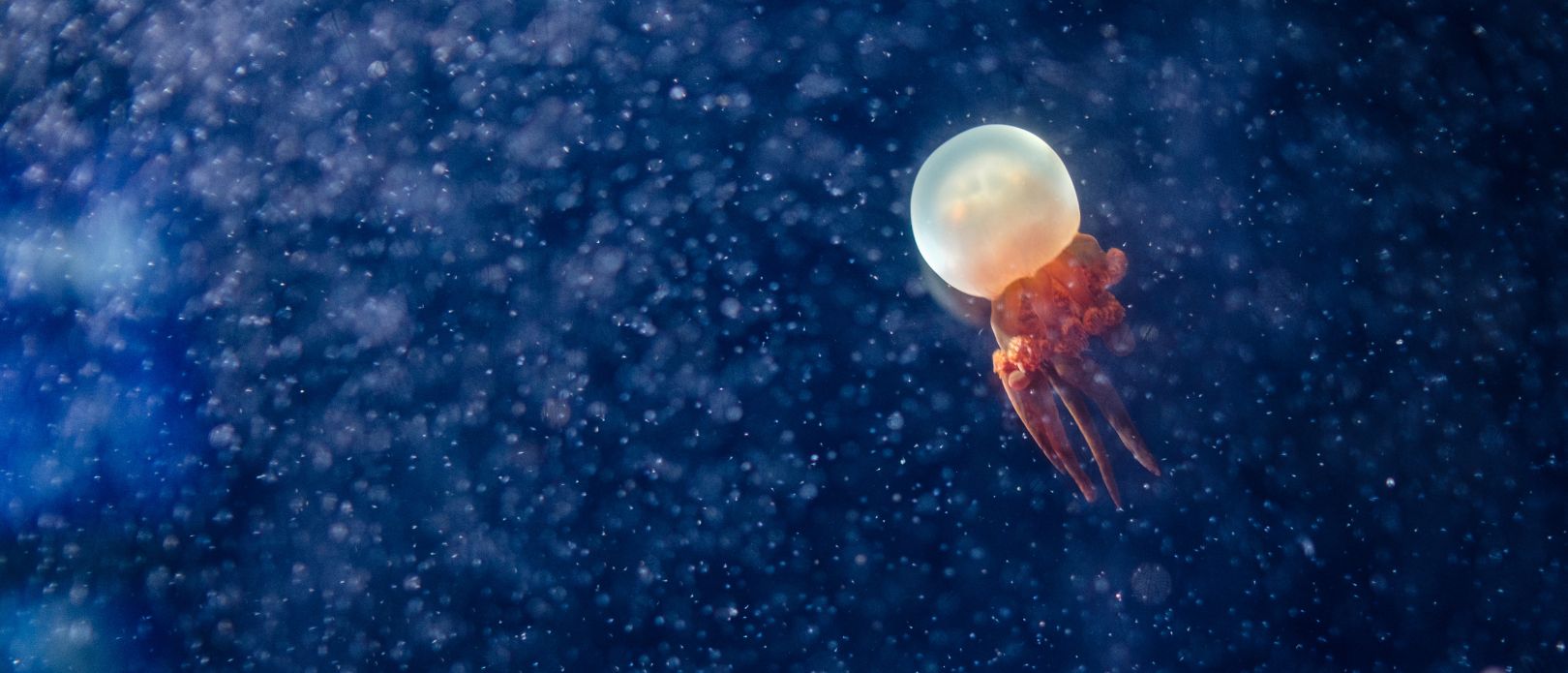Ocean sustainability
Historic high seas treaty a win for planet and people

Only about ten per cent of marine life has been described by science. Photo: Pierre Aden via Canva.
The new UN treaty on biodiversity in marine areas beyond national jurisdiction is a major step for ocean sustainability, according to centre researchers
- The UN has agreed on a binding treaty for protecting biodiversity in the ocean
- With the new treaty, large-scale marine protected areas can be established on the high seas
- A particular focus was placed on marine genetic resources and how they can be commercialised equitably
It took more than ten years of intense negotiations, but on 4 March 2023, the UN finally agreed on a binding treaty for the conservation and sustainable use of biodiversity in the ocean’s areas beyond national jurisdiction (BBNJ).
“It’s a great win for international cooperation to reach a high-seas treaty after fifteen years. We’re talking about 47 per cent of the World’s surface, and this treaty will hopefully bring a new paradigm of equitable conservation and sustainable use of the high seas”, comments centre researcher Frida Bengtsson who has followed the negotiations.
With the new treaty, it will now be possible to designate large-scale marine protected areas on the high seas, which are beyond national jurisdiction.
Our common heritage
“The high-seas belong to everyone; juridically, they’re seen as ‘the common heritage of mankind’, just as space or the Moon,” explains Frida Bengtsson.
This means that no single country can take decisions about the ocean – or its biodiversity.
The treaty is an essential step for meeting global commitments of the Kunming-Montreal Global Biodiversity Agreement, which was concluded last December. One of its goals is to protect at least 30 per cent of the ocean by 2030.
“It’s important that these areas are designated in an inclusive way. All stakeholders need to be involved in the designation, and it needs to be really clear why these areas are chosen and what can be expected from protecting them,” says centre researcher Robert Blasiak.
Marine genetic resources
During the negotiations, a particular focus was placed on marine genetic resources. The depths of the ocean are still largely unresearched, and many expect that discoveries with great benefits for humankind can be made in the coming years and decades.
“Only about 10 per cent of marine life has been described by science, leaving an estimated 90 per cent left to be discovered. So, that’s a big question mark: what is actually down there? And what are the genes that make it tick? And, crucially, what’s the value of future biotechnology based on this understanding?” says Robert Blasiak.
So far, only a handful of countries have started to commercialise marine genetic resources. Here, the treaty must give guidance on how these and profits made from them can be shared more equitably and transparently, according to Robert Blasiak.
The treaty remains to be edited, translated, adopted and implemented, but the United Nations has published an advanced version of the full treaty text here.
Want to learn more?
Are you curious to hear more about what centre researchers have to say about the treaty? Check out the links below:
- Marine genetic resources; Robert Blasiak on Al Jazeera, 5 March 2023
- "No one knows how much ocean resources are worth"; Robert Blasiak on BBC, 5 March 2023
- The four elements of the negotiations; Robert Blasiak on DW News, 5 March 2023
- Treaty could save Sargasso Sea; Frida Bengtsson on Swedish Radio, 5 March 2023 (in Swedish)
- "An unbelievable success"; Henrik Österblom on Swedish TV4, 6 March 2023 (in Swedish)
- Sweden has played an important role in the negotiations; Frida Bengtsson on SVT, 6 March 2023 (in Swedish)
- The high seas are supposed to belong to everyone - a new UN treaty aims to make it law; Robert Blasiak on The Conversation, 7 March 2023

.jpg)






